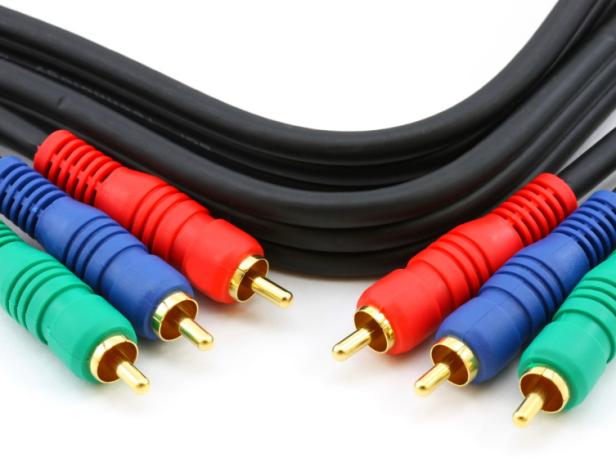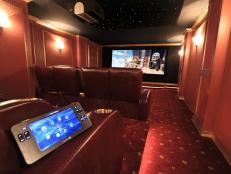Home Theater Wires and Cables

Wiring and cables are the arteries of your home theater, connecting all the vital equipment that create your custom cinema experience. Since most cables and wires will be run behind walls, in ceilings or under the floor, it is essential to use high quality cables and wiring that will last and will not need to be replaced frequently. It is also important to plan ahead and run cables and wires you may need in the future in order to avoid retrofits.
Wiring. There are two primary types of wires you will need: Electrical and speaker. In both cases, use UL-copper wiring that is insulated and shielded. Be sure that any electrical wiring meets building and safety codes and conforms to the National Electric Code and is Underwriter Laboratories (UL) listed.
Speaker wire comes in various gauges. Since most home theaters applications will use long runs, longer length wire requires a 10, 12 or 16 gauge wire. Lower gauge numbers are best to use, and most standard speaker wire is 16 gauge.
Cables and Connections. Video equipment will need special cables and the cables, like speaker wiring, must be rated for the length needed. Know the distance between your TV or projector and video devices to get the proper cable. In general, you'll probably need the following types of cables:
- HDMI (male to male, and also standard to mini)
- RCA stereo (male to male)
- Composite video (RCA-type connector)
- Component video (RCA-type, male to mail)
- Stereo mini plug to RCA stereo
- Stereo mini plug (male to male)
- USB
- Optical audio
In all cases, buy high-quality cables that are shielded and insulated, and have a low gauge if long runs are used.
Gold connectors are also a good choice as they conduct signals properly and will not rust.
Wiring and Cable Accessories. With so many wires to manage, it is good to purchase an assortment of wiring ties as well as wiring labels so you can write on each end of a cable what it is and where the connection is to be made. You may also find that some cables come in different colors which helps identify them easily.
For any visible wires, use a wiring channel or mold kit. They encase the wiring and mount on baseboards or walls. For wires that need to be run over flooring, a cord cover is essential. It covers the wire with a sloping rubber that helps prevent movement or people tripping over the wire.




































